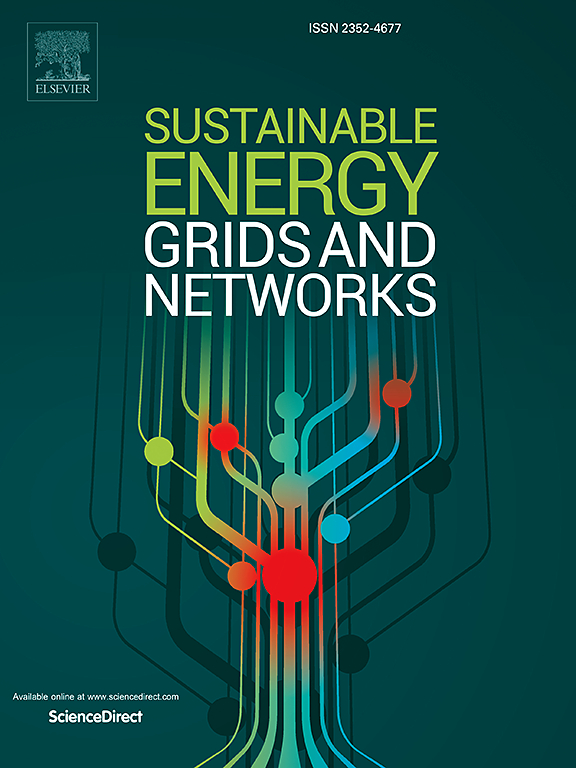With the deployment of renewable energy, the load curve is expected to follow the renewable energy output curve to minimize the fluctuation of thermal power output in the source-load coordinated dispatching. The traditional indicators for the load curve are no longer enough to describe the load characteristics. A new load indicator called the source-load similarity distance is proposed by improving the similarity measurement method of the time series and calculating the similarity distance between the renewable energy output curve and the load curve. By combining the Euclidean distance with the improved dynamic time warping, the source-load similarity distance is obtained and the data distribution and morphological fluctuation characteristics can be simultaneously considered. The source-load coordinated dispatching model is also established to minimize the source-load similarity distance. The simulation results show that the source-load similarity distance can effectively describe the similarity characteristics of the renewable energy output curve and the load curve. Increasing the source-load similarity distance can reduce the thermal power operation cost by 56.2 % and the cost of demand response by 25.3 %, and increase the utilization rate of wind power by 4.6 % compared to the dispatching model with the standard deviation indicator.


